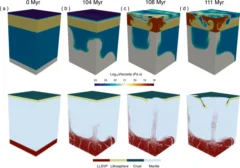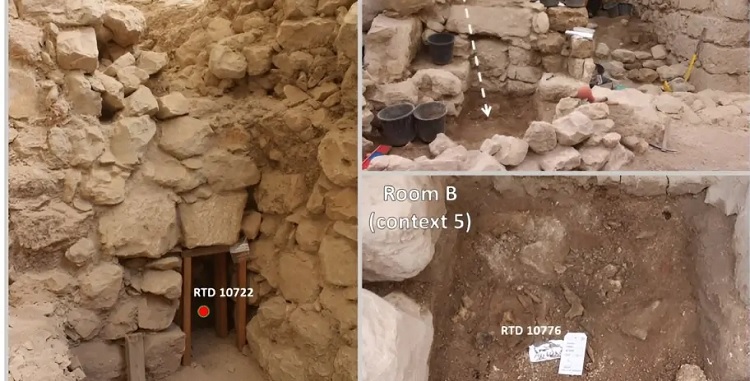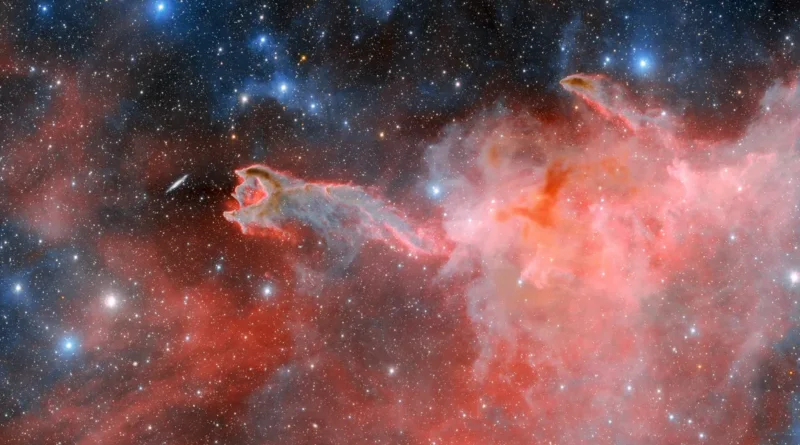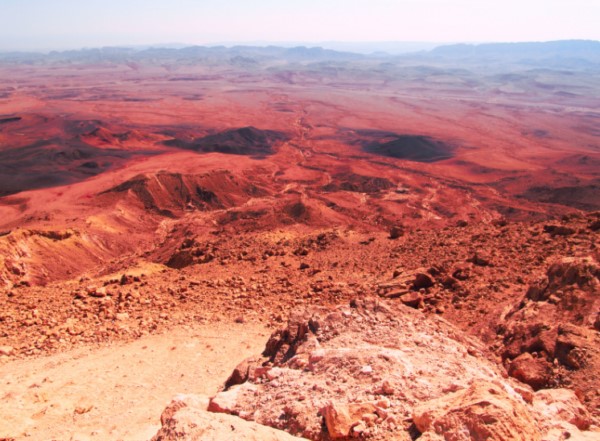Brazilian scientists have concluded that the ancient inhabitants of Brazil, who lived between three and nine thousand years ago, created petroglyphs inspired by dinosaur tracks, possibly giving them a sacred meaning.
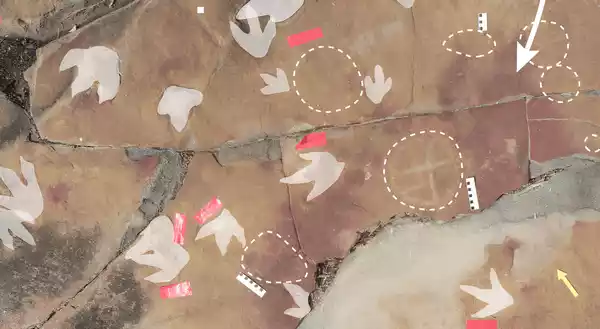
This study was carried out by experts from the National Institute of Historical and Artistic Heritage, the Regional University of Cariri and the Federal University of Rio Grande do Norte, focusing on the site of Cerrote do Leitrait in the Natural Park of the Valley of the Dinosaurs in Paraíba. The study of this place began in 1975.
Among the finds in this area are the bones of the theropod, sauropod and iguanodon dinosaurs that existed in the Early Cretaceous period, as well as numerous fossilized footprints, the age of which reaches approximately 140 million years. The area, which stretches over 15 square meters, still has unexplored areas. In particular, recent finds have revealed human drawings next to these prehistoric traces.
Similar finds have occurred outside of Brazil, such as a dinosaur footprint at a site in Poland linked to possible occult practices, and ancient petroglyphs next to lizard tracks in Utah, USA. However, the Brazilian finds offer more direct evidence that ancient people were fascinated by these mysterious footprints, suggesting that they may have considered them manifestations of the divine.
Recent studies indicate that the presence of dinosaur footprints likely inspired the creation of petroglyphs, which include geometric patterns of unknown symbolism resembling split circles, alongside rectangular and lattice motifs, as well as star-shaped figures.
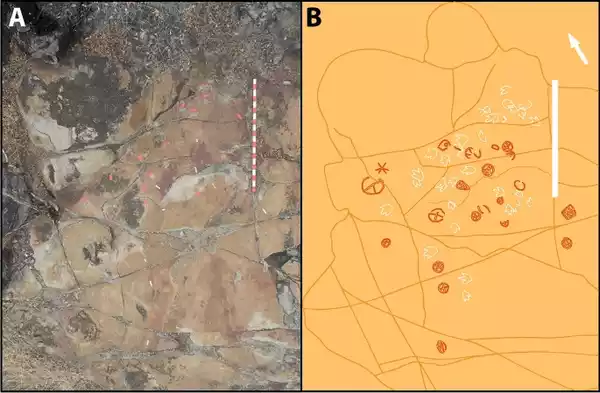
The petroglyphs, although not superimposed directly on the tracks, are in close proximity, sometimes at a distance of up to 10 centimeters, which indicates that the artists tried not to damage the ancient tracks. Such a careful attitude hints at a possible sacred attitude towards traces.
Analysis of nearby ancient burials, dating from about 10 years ago to 000-2620 years ago, led researchers to conclude that these petroglyphs belong to people from those periods.
These findings were published in the journal Scientific Reports, shedding light on the potential spiritual or sacred interpretation of dinosaur tracks by the ancient Brazilian population.


 231
231



